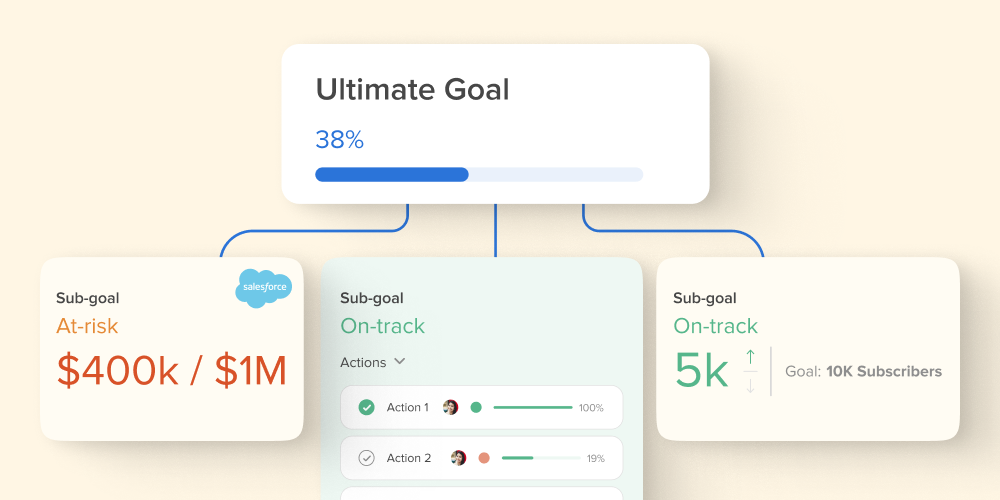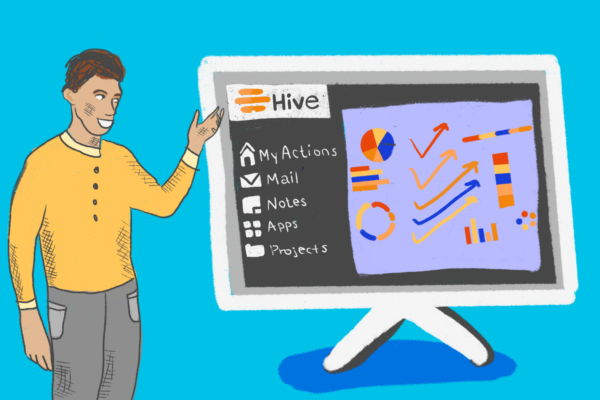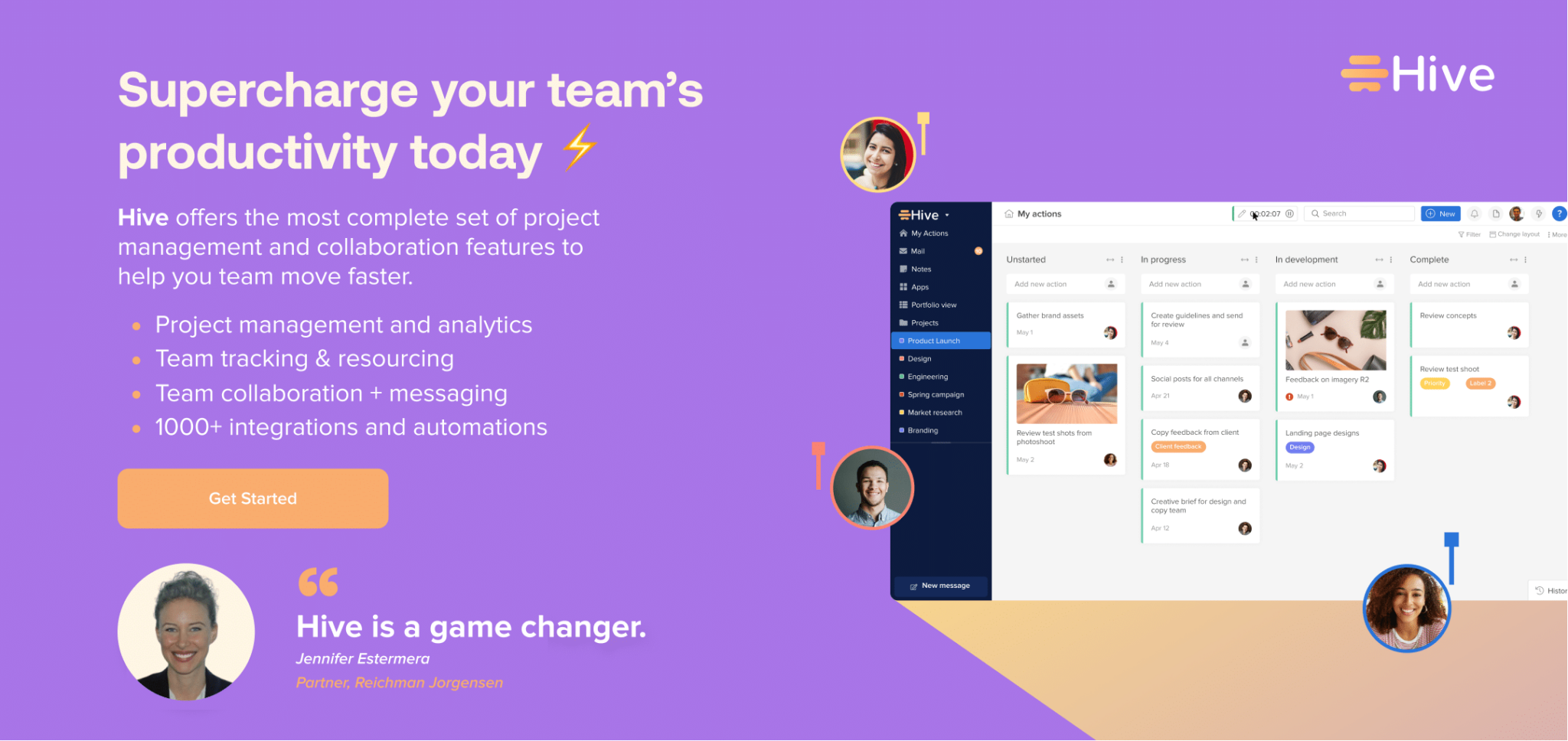Key performance indicators, or KPIs, are essential metrics many companies use to measure their performance and progress toward achieving their goals and objectives. Nonprofit organizations (NPOs) are no exception – they can also benefit greatly from tracking and measuring their KPIs. Check out these specialized KPIs for nonprofits to track and measure their performance and impact.
1. Donations
Donations are a critical source of revenue for nonprofits. Consequently, tracking and measuring the number of donations and the total amount of donations received is one of the key KPIs for nonprofits. By tracking this KPI, nonprofits can evaluate the effectiveness of their fundraising strategies and make data-driven decisions to improve them.
2. Donor retention
Donor retention is another important KPI for nonprofits, as it measures the percentage of donors who continue to support the organization over time. Nonprofits can use this KPI to evaluate the effectiveness of their donor engagement and stewardship strategies. This data can then be used among various departments to keep donors, attract new donors, or institute more donor appreciation programs.
3. Program impact
Nonprofits exist to create a positive impact in their communities, which means that tracking and measuring the impact of their programs is one of the most essential KPIs for nonprofits. Program impact can be measured by monitoring the number of people served, the percentage of program goals achieved, and the overall effectiveness of the program. Once that data is acquired, organizations can adjust or pivot if they feel their companies aren’t having the desired impact on their target populations.
4. Volunteer engagement
Volunteers play a critical role in nonprofit organizations. Levels of volunteer engagement can be measured by tracking the number of volunteers, the hours worked by volunteers, and the overall effectiveness of the volunteer management program. This KPI can lead to NPOs rethinking their volunteer retention strategies and seeing if volunteer appreciation is emphasized in their culture.
5. Constituent engagement
In NPOs, constituent engagement measures the degree to which a nonprofit’s stakeholders (including donors, volunteers, and program beneficiaries) are engaged with the organization. Constituent engagement can be measured by tracking the number of constituents who attend events, respond to surveys, or take other engagement actions. This KPI puts engagement strategies into perspective and shows whether you need more unique ideas for fundraising campaigns to get people interested.
6. Financial sustainability
As nonprofits need to maintain financial sustainability to ensure their long-term viability, tracking this KPI is key to an organization’s longevity. Financial sustainability can be measured by tracing the organization’s revenue, expenses, and net assets. This makes financial health at the forefront of any project, objective, or goal.
7. Social media engagement
Social media has become a powerful tool for nonprofits to engage with their constituents and raise awareness about their mission. When turning this tool into a KPI, social media engagement can be measured by monitoring the number of followers, likes, shares, and comments on social media platforms. With that information, NPOs can use social media engagement to feed back into their overall marketing strategy and adjust their scheduled marketing strategy activities accordingly.
8. Website traffic
Nonprofit websites are an essential tool for engaging with constituents and raising awareness about the organization’s mission. Like social media, it helps measure engagement. Website traffic includes the number of visitors, page views, and bounce rates on the organization’s website. Integrations into products such as Hive Goals can make this kind of KPI a breeze for those using the right tools. In addition, if you want professional help developing a wider online strategy, investing in SEO services is always a smart choice.
9. Grant success rate
Many nonprofits rely on grant funding to support their programs and operations. That’s why keeping track of a grant success rate could potentially lead to higher levels of financial stability if that’s part of a larger objective. Teams can examine the number of grants applied for, the number of grants received, and the percentage of grants received. They can also measure what type of grants are the most successful and common factors among unsuccessful grants.
10. Cost per outcome
NPOs need to be efficient in using resources to maximize their impact, and measuring their cost per outcome is one way to do that. Cost per outcome can be calculated by dividing the total cost of a program by the number of people served or the impact achieved. Then, teams can see where the gaps are in a program’s cost versus how many people the program has served.
11. Board engagement
Every nonprofit board plays a critical role in guiding an organization and ensuring that it retains value and permanency in the long term. However, keeping board members engaged, especially those on a volunteer basis, is difficult. This KPI can measure the attendance and participation of board members in meetings and other organizational activities. Then, board members who do not engage as frequently or miss meetings can be accounted for, and a plan can be made moving forward.
12. Employee engagement
Nonprofit employees play an integral role in delivering the organization’s mission and achieving its charitable goals. But employee engagement at nonprofits can be inconsistent even if the company’s mission is clear. Teams can track employee satisfaction, turnover rates, and other indicators of employee well-being. Then, they can re-evaluate their employee engagement strategies and move forward from there.
Use Hive to reach your nonprofit goals

Are you ready to start setting some nonprofit goals with your team? You’re in luck — Hive’s newest (and most exciting) feature is Goals. Everyone wants to know how they’re moving their organization forward, and your team is more than just a project. With Goals, you can set various goals, visualize progress, and keep everyone aligned in one centralized KPI dashboard. You can also:
- Create one, ten, twenty, or more goals for your team, so everyone understands what they’re contributing to.
- Centralize and automate your goal tracking and reporting.
- Pull data from other systems into Hive to streamline operations and reporting.
- Share your goal or goals, assign the goal to relevant teammates, track activity, and give yourselves a deadline.
- Understand how your team and organization are pacing towards an individual performance goal or a set of goals.
- Color-coded designations allow an easy understanding of “on-track” items.
- When it’s time to review progress, accomplishments, and achievements, easily export all relevant information.






